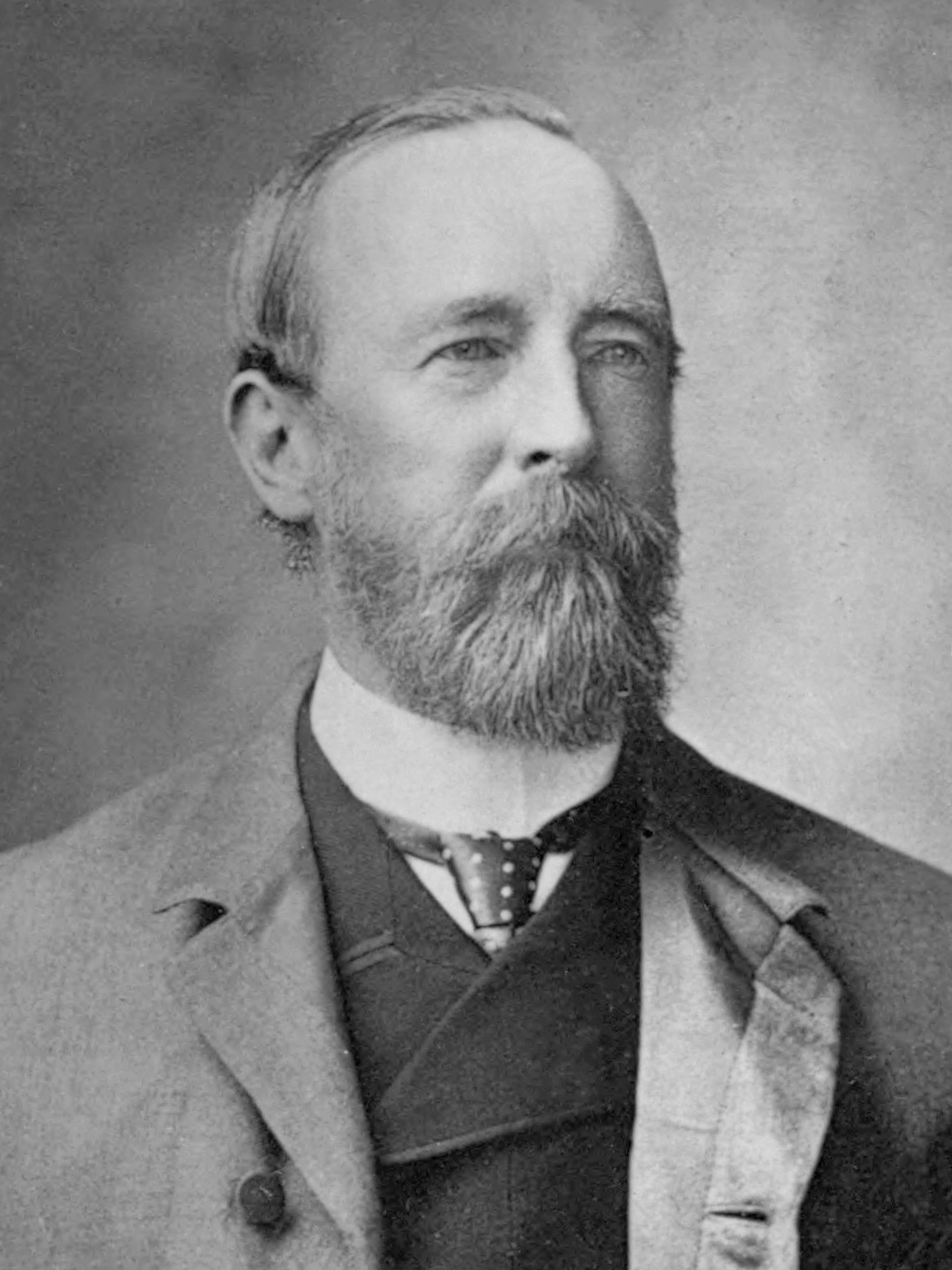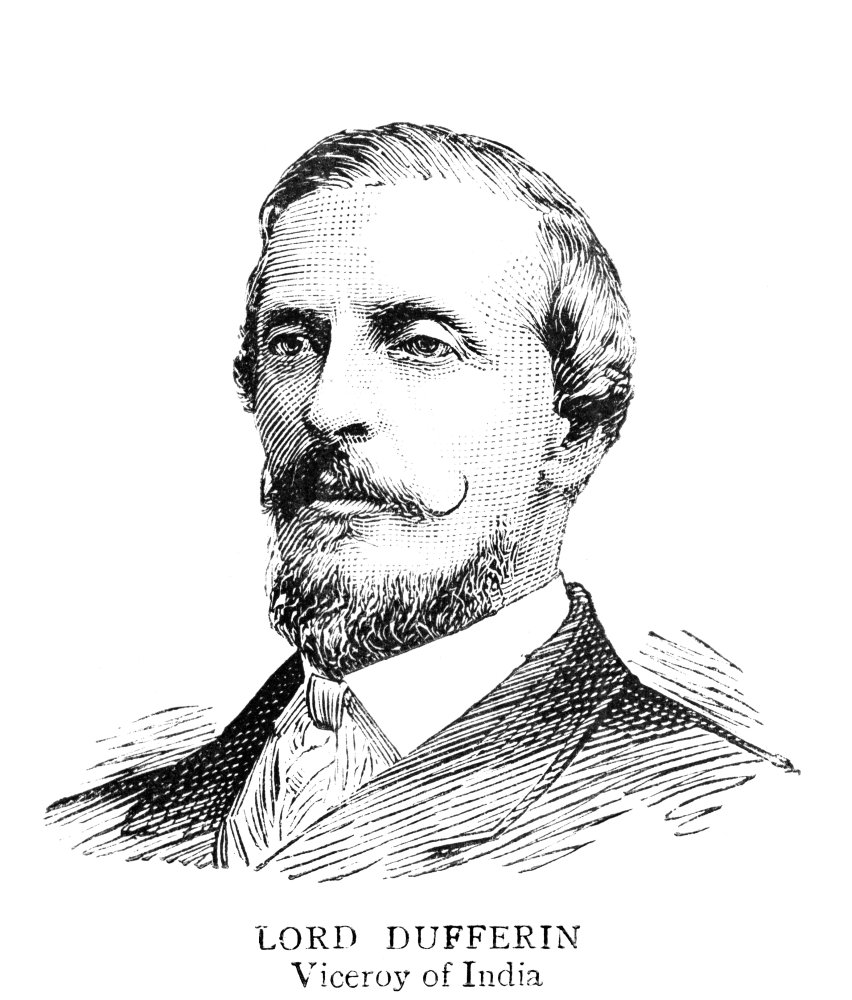Before going through the topic of the Foundation of Congress, one must know about the political associations formed before Congress. This will help in understanding the fact that why congress became that effective in the Indian national movement than any other political associations.
The political associations in the 19th century were dominated by wealthy, aristocratic elements, educated middle class, lawyers, journalists, doctors, teachers, etc. and they used to have a wider perspective and agenda. They use to file various petition to the British parliament demanding administrative reforms, the association of Indians with the administration, educational reforms, etc.
Political Associations before Congress
The Bangasabha Prakasika Sabha was the first political association formed in Bengal in 1836. It was formed by associates of Raja Rammohan Roy. The Zamindari Association was formed in 1838 in Calcutta. The Bengal British India Society was formed in 1843 with an objection of collection information related to the actual condition of people living in British India.
The Grand Oldman of India, Dadabhai Naoroji formed a political association named The East India Association in 1866 in London. This association aimed to discuss Indian questions and influence public men in England to promote Indian welfare.
The Indian League was formed by Sisir Kumar Ghosh in 1875 to stimulate nationalism amongst the people and encourage them about political education. The Indian Association of Calcutta overtaken the Indian league and was constituted in 1876 by Surendranath Banerjee and Ananda Mohan Bose. Both Banerjee and Bose were getting discontented with colonial, conservative policies of the British Indian government.
The Poona Sarvajanik Sabha was started by Mahadeo Govind Ranade in 1867 to fulfill the gap between the government and people. The Bombay Presidency Association was founded in 1885 by Baddrudin Tyabji, Pherozshah Mehta, and K.T. Telang. The Madras Mahajan Sabha was started by M. Viraraghavachari, B. Subramaniya Aiyer, and P. Anandacharlu in 1884.
Foundation of Congress

These political associations organized various campaigns before the first all Indian Association, i.e. Indian National Congress appeared in the visuals. As individually all these associations were failed to make any special impact on the British Parliament, they decided to organized the Indian National Conference (similar to today’s all-party meet) between 1883 to 1885. Surendranath Banerjee and Ananda Mohan Bose were the main thinktank behind Indian National Conference. These meetings were the precursor for the Foundation of Congress.
The final shape to the idea of the foundation of Congress was given by A.O Hume, a retired English servant. He mobilized intellectuals and organized the First Session of the Indian National Congress at Bombay on 28 December 1885. The First session was attended by 72 delegates and presided Womesh Chandra Bonnerjea. After the first session, Congress met every year in December in different parts of the country.

Kadambini Ganguly was the first woman graduate of Calcutta University who addressed the congress session. The foundation of the Indian National Congress in December 1885 symbolized the maturity of Indian Nationality & it marked the beginning of the Indian National Movement. Congress was one Pan India political platform created by Indian Nationalists but the foundation of congress has been explained quite differently by different scholars. Several theories & controversies are associated with the foundation of congress and the cause of this issue of foundation of congress has remained at the center of historical debate for a long time.
Was Congress a Safety Valve For British Rule?
Safety Valve Theory: Lala Lajpat rai put forwarded the safety valve theory associated with the foundation of congress in 1916 in his paper “Young India.” According to this theory, Congress was found by A.O Hume to work as a safety valve for the British Indian Empire.

It was created to act as a platform from which Indian leaders could raise issues concerning masses. The suffering of Indians wants to be highlighted by leaders of congress so senior British officers could get to know about circumstances prevailing at the ground. Congress acts as rent to release the Anti-British discontent prevailing in the hearts and minds of Indians so that the British Indian Empire could be protected from any possible mass revolt.
Basis of Safety Value Theory
The safety value theory was proposed by Lala Lajpat Rai based on reformers found in the biography of Hume written by William Wetterburn in 1913. According to this biography, Hume was deeply concerned about the safety of the British Indian Empire as he knew that a very strong Anti-British discontent was prevailing among the masses.
According to William Wetterburn, Hume had a large number of mysterious Mahatmas and Chelas. They used to travel across the length & breadth of India. These Mahatmas have mysterious power to appear & disappear at any place by will. They informed Hume that common masses were seating about Anti-British-Discontent. William also wrote that Hume came across 30 thousand secret reports while working at Shimla in 1878. These reports were full of warning about the possibilities of mass revolt against British rule.
Concerned about the safety of the British Indian Empire, Hume put the foundation of congress by mobilizing Indian leaders on common platforms so discontent prevailing among the masses could release gradually in a peaceful manner. In 1878, Hume was working in the revenue department at Shimla. How an officer of the revenue department could come across 30 thousand secret reports kept in the home department wasn’t explained either by William Wetterburn or Lala Lajpat Rai.
Even it is accepted that Hume came across secret years then why he waited for 7 long years for the foundation of congress this was not also explained by anybody. These limitations of arguing and reformers to support the Safety Valve Theory reveals that congress was not a tool of British imperialism. This theory fails to explain the foundation of congress satisfactorily.
Was Congress the brainchild of Lord Dufferin?

C. Banerjee, the 1st president of congress commented in 1898 that Congress was the brainchild of Lord Dufferin. His opinion was that the idea of the foundation of Congress was put forward by Dufferin. According to this view, Dufferin & Hume worked together in the foundation of congress.
This comment was made by W.C. Banerjee to protect congress from repressing measures being unleashed British Indian Empire for destroying it. By the closing years of the 19th century, the leaders of congress started condemning the colonial character of British Rule strongly.
During 1896-97, many parts of India were struck by severe famine, killing millions of people. In 1897, Western India stroked by an epidemic of plunge. The pathetic response of the British government to the suffering of the masses had intensified Anti-British Discontent. The struggle against British Rule had gain immense strength & congress was at the forefront.
The British Indian government taking every possible step to destroy congress & save congress from these suppressive measures. W.C. Banerjee commented so the British convinced that congress was not against British Rule. Recently secret letter written by Dufferin to Reay, Governor of Bombay was declassified. In this letter, Dufferin asked Reay to remain vigilance towards the activities of Hume termed as “an old man who seems to lost his mental balance.” The content of this letter conferred that Hume & Dufferin didn’t work together in the foundation of congress & congress was not the brainchild of Lord Dufferin.
Social Composition of Early Congress
Since the foundation of Congress, congress maintained social composition in a very adjusted way. Data available about membership of congress during 1892-1909 helps in understanding social composition. Congress was dominated by the upper & upper-middle class of Indian society during the early phase. In the 1st session held at Bombay 1885; 72, non-official & 28 official members have participated. Most non-officials were lawyers, merchants, bankers, educationalists, landowners & journalists.
As per data available from congress (1892-1909); 39% members’ lawyers, 19% members’ landlords, 15% members’ traders, 3% members’, Doctors & Journalists. Members of Congress were coming from all major religions. 13837 delegates participated in the annual meetings (1892-1909) of congress, out of these 12383- Hindu, 912- Muslim, 210-Parsi & 177-Christians. The participation of the common section of society was absent. Western-educated urban classes were forming the majority, rural participation was absent.
British Response to Early Congress
Lord Dufferin was Governor-General of India at the time of the foundation of Congress. He neither welcomed nor opposed the emergence of congress. During the early years, Dufferin British policy was to wait & watch, because of the government under impression that leaders of Congress would not raise voice against British Rule. At the time of the Calcutta session of congress in December 1886, Governor-General Lord Dufferin boosted dinner for them.
But he consciously addressed those distinguished visitors to the city, not as members of congress. In December 1887, the Annual session of congress was held in Madras. The governor of Madras helped leaders of congress in a suitable venue for holding sessions. When leaders of congress could not arrange the scene.
By the Madras session December 1887, the real nationalist character of congress had come out in open congress started condemning British Rule for hunger, poverty & famine. As a result of this, the British government both in India & London started condemning congress. In 1888, Lord Dufferin criticized a member of congress as “selfish babu” who represents no one but themselves. He also condemned Congress as an organization of a microscopic minority of Indians.
Secretary Of State, Lord Hamilton termed congress as a seditious body. Lord Elgin II commented that India was conquered through sword & shall behold sword only. While criticizing congress, Lord Curzon commented that congress was tottering to its downfall & while being in India my greatest desire is to see the peaceful demise of congress. The Surat split of December 1907 was engaged by British Rule by using its policy divide & rule.

